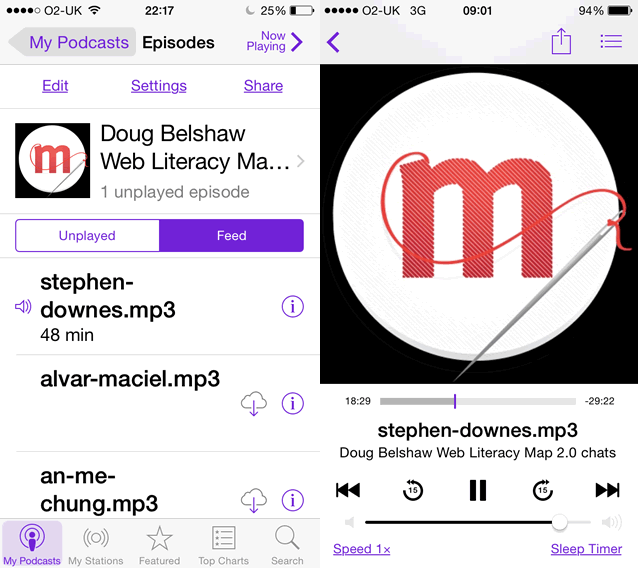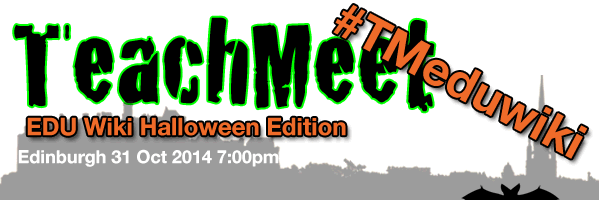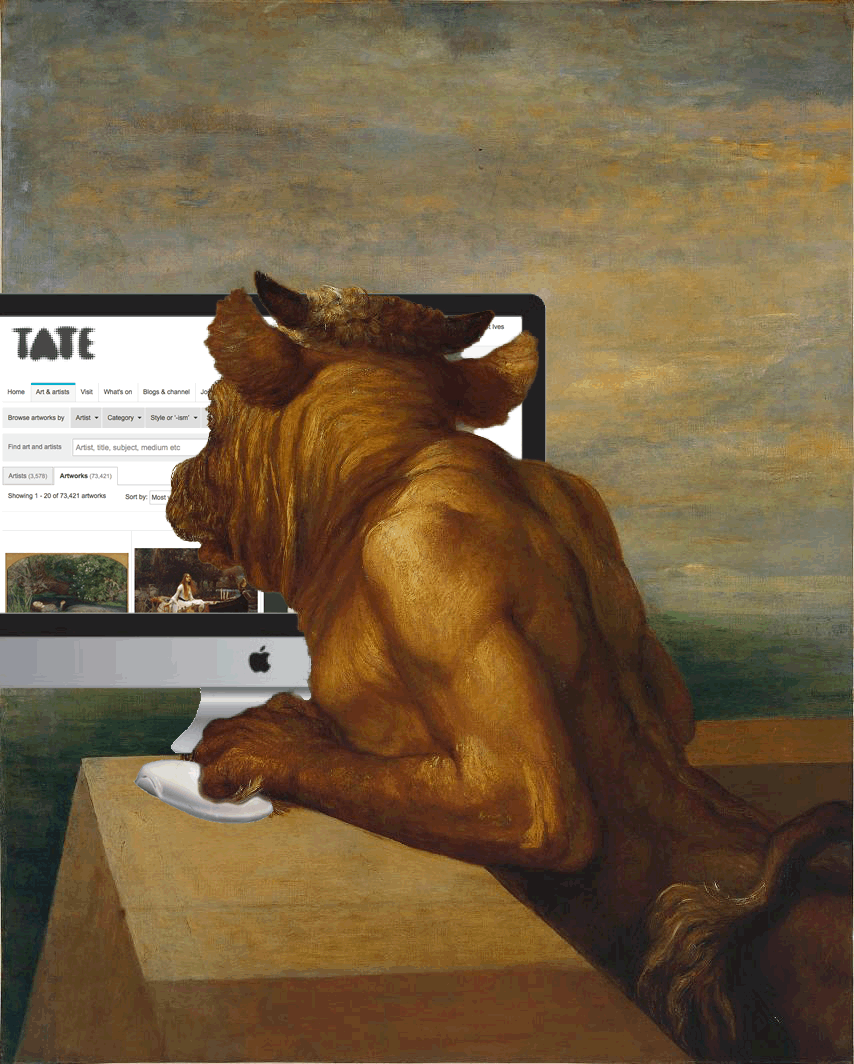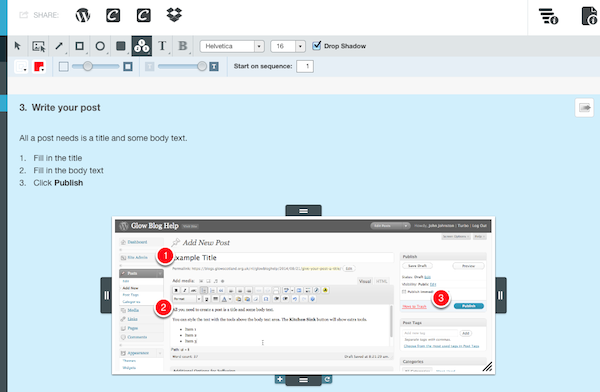Last Friday at the same time as the glow authentication changed, the new glow blogs service went live. I posted about this over on Glow Connect.
It was pretty exciting stuff, the developers were really working right up to the last minute and beyond to deliver the service. Even so we have gone live with a few know issues and have already discovered a few more.
At the start of the processes I certainly was not aware of all the complexities involved nor the scale of the job. Turns out it was a big complex job!
Luckily for me I ended up working with an amazing team, not only in the Scottish Government, but in the developers and suppliers. All of them worked long hours with very positive attitudes as I grumbled along. I am tempted to turn this post into a list of these characters and their qualities, but probably enough to say all of the blog team were essential to the process.
What Have We Got

Stray Puppy by p medved
Attribution-NonCommercial-ShareAlike License
At the end of this phase we have a working set of WordPress MU, one for each Local Authority, running the same version of the software as before and we have the known issues linked above.
The main improvement so far is around blog creation. There is no connection to SharePoint/old glow groups. This simplifies the process a great deal. This and other Main Changes are listed in the Glow Blog Help, some of these are not improvements but changes.
One more improvement, not listed, is that you can now upload files of up to 50mb to blogs. This should make it a lot easier to podcast or share small videos without using a third party site or service.
On Wednesday I popped back to North Lanarkshire to watch my colleague Ann McCabe set up a class of e-portfolios, this was much quicker than before, taking away at least half the steps. There is still plenty of room from improvement and I got a great idea to take back to Victoria Quay from the RM help desk who I visited in the afternoon.
Next Up
Given the above, if this was the end point in the process I’d be pretty disappointed. A lot of work for not much in the way of improvement. I am not disappointed due to two things, phase 2 and phase 3.
Phase 2 was looking quite simple, upgrade to a new version of WordPress. This will bring a host of benefits, better user experience especially on mobile being the main gain. More important, in the longer run, is that it gives us a much better base to develop on.
The other aspect of phase 2 will be to backfill in things that were dropped out of phase one or needs that were discovered in phase 1.
It looks like phase 2 will take a bit more work than I expected, but this will start straight off. Already some of the first problems to be discovered has been solved and the developer team are just waiting to decide when to deploy the code. Another potential ongoing problem with server load is now beginning to be understood and the team are working on finding the best solution. The team are keen that the server gets a chance to bed in and are suitably cautious about changing things on the live system, best practises for ongoing change and development are being put in place.
Bright Future
After we get to phase 3 of the project things might speed up a bit. We will be using WordPress 4 which will allow a lot of nice things to happen.
The one I am most excited about is giving a more flexible service. In the old glow blogs it was a constant frustration for myself and many others that our theme and plugin requests were never answered. I am not entirely sure of all the reasons for this, but having peeped behind the curtain I presume some of this was to do with testing.
Watching the new blogs service develop gave me a bit of a shock in the amount of time and effort it needs to deliver a service of this scale. Like many folk who publish stuff on the web I frequently make changes without much of a care and worry. The Technical Architects and developers for glow take a somewhat different view. There first concern is the preservation of users data and stability of the service and given they are taking care of over 100,000 blogs…
The glow blogs system now consists of 4 main servers: integration (where new code is added after code review), explore (for testing), pre-production (more testing) and live. With the older version of WordPress we are using a lot of the development and testing is manual, the testers here and volunteers going through lists of test to test the functionality of the blogs. In addition there is security, load and a many more tests.
Going forward the process should be automated, the newer version of WordPress can have a deal of automatic testing, code going onto the integrate server would be pushed through the different servers being automatically tested on the way, this gives us the possibility of a much more agile service.
On the Way
On Friday last week there was a fair amount of cheering and happy faces around the glow office, since then feedback has been mainly positive. I am not really ready to celebrate yet, there still is a lot to do before we reach the point learners and teachers in Scotland have a world class blogging platform. There so many possibilities out there for doing all sorts of things with WordPress. We would, of course be really interested to hear of any ideas of what you would like from Glow blogs.

 I’ve listened to the Stephen Downes episode on my commute this morning and if the rest are as interesting it will be a delight getting through them. Feel free to subscribe to the
I’ve listened to the Stephen Downes episode on my commute this morning and if the rest are as interesting it will be a delight getting through them. Feel free to subscribe to the 





